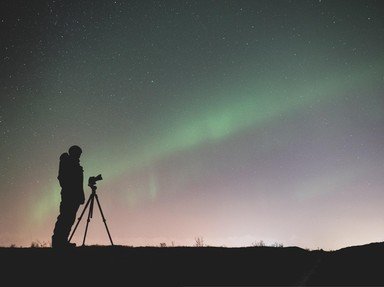Quiz Answer Key and Fun Facts
1. Thales of Miletus predicts a solar eclipse
2. Hipparchus of Nicaea creates one of the first star charts
3. A supernova is recorded by Chinese astronomers
4. The heliocentric model is (re)proposed
5. The three laws of planetary motion are formulated
6. Neptune is first discovered based on a predictive model
7. The Theory of General Relativity is first published
8. The Big Bang Theory of the universe is first developed
9. The first exoplanets are observed
10. The first image of a black hole is recorded
Source: Author
LeoDaVinci
This quiz was reviewed by FunTrivia editor
gtho4 before going online.
Any errors found in FunTrivia content are routinely corrected through our feedback system.
